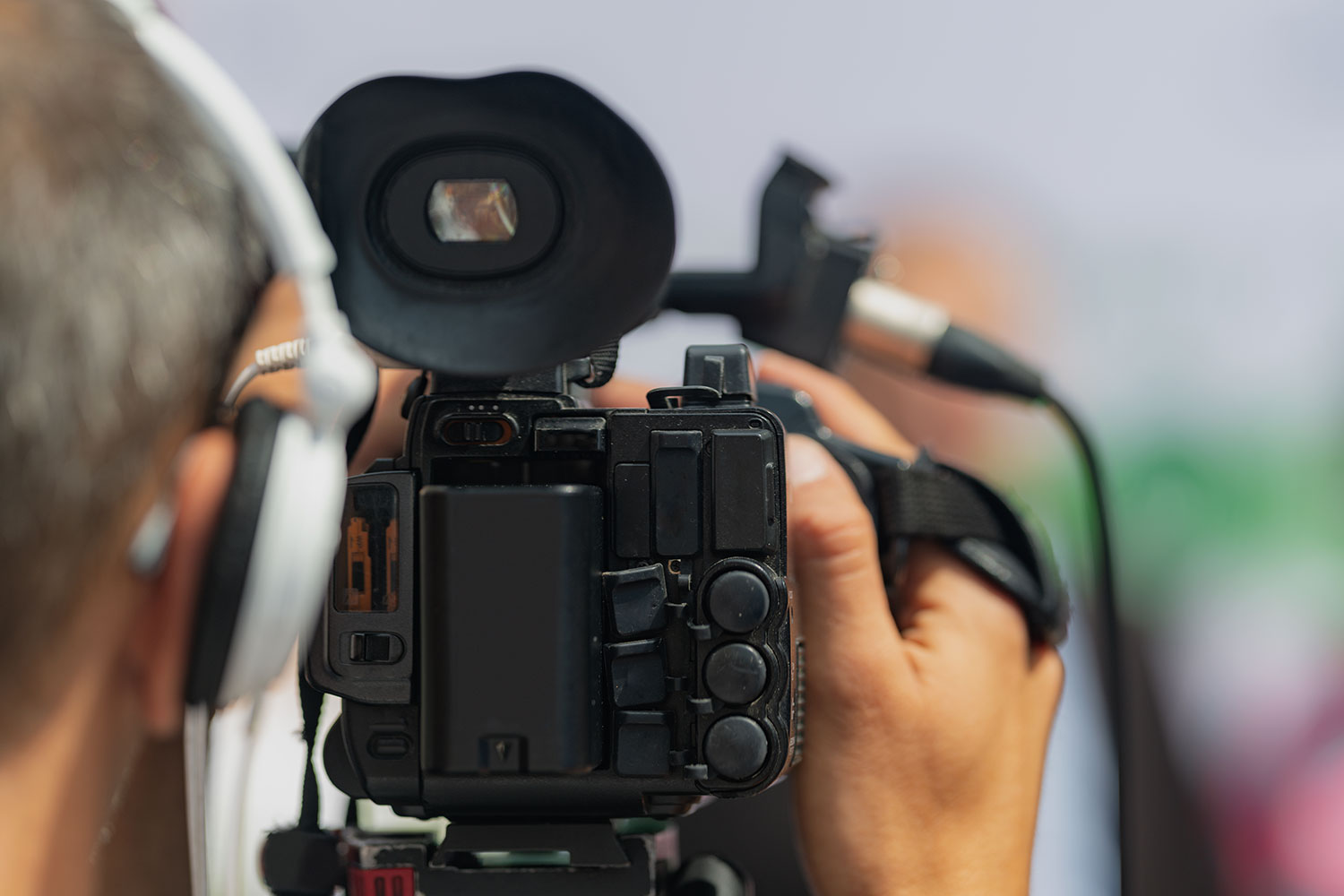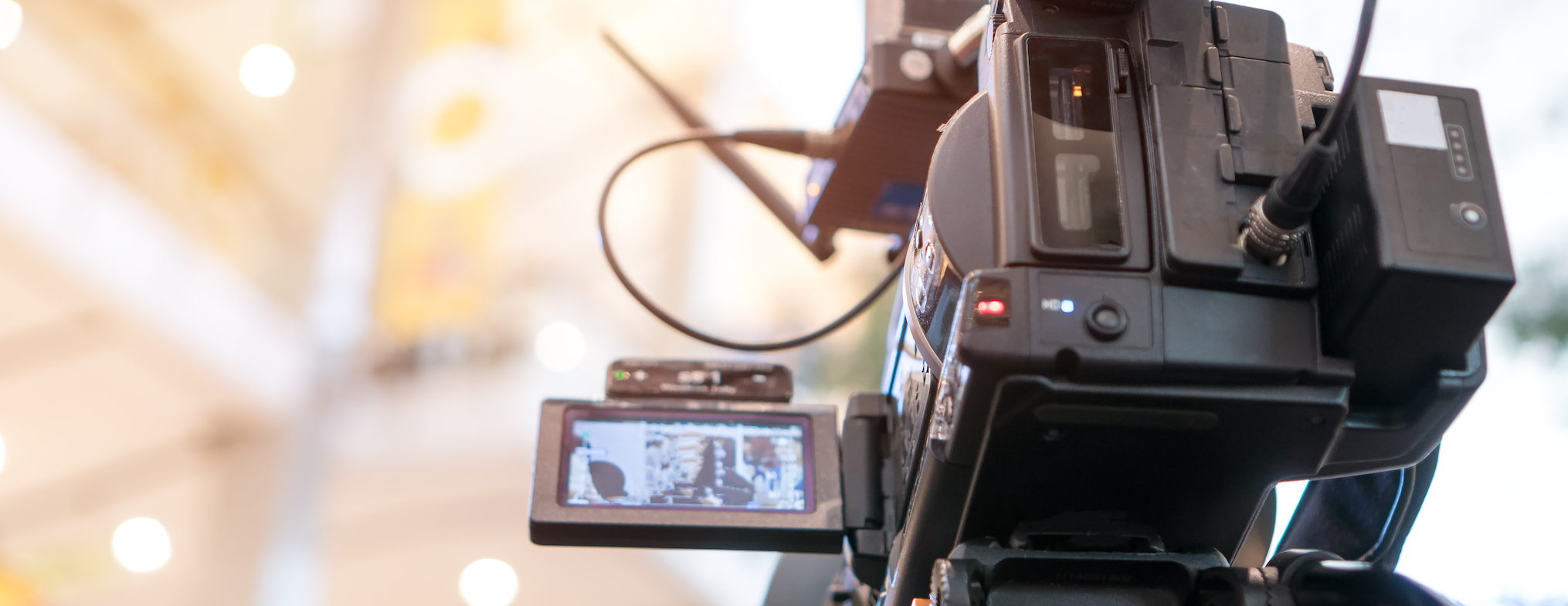The Duty of Legal Videography in Modern Legal Process
The Duty of Legal Videography in Modern Legal Process
Blog Article
Digging Into the Systems of Lawful Videography: Introduction Its Procedure in Shielding Authentic Aesthetic Testament for Judicial Procedures
In the realm of judicial process, the function of legal videography stands as a cornerstone in maintaining and providing aesthetic proof. As modern technology proceeds to breakthrough, the mechanisms behind legal videography have ended up being progressively elaborate, supplying a critical layer of authenticity to testimonies recorded on video.
Historic Evolution of Legal Videography
Checking out the historical development of lawful videography exposes a considerable change in the capturing and discussion of aesthetic evidence within the legal landscape. In the past, legal procedures heavily counted on written transcripts and pictures to record events and supply evidence. With the development of video clip innovation, the legal market observed a paradigm change in just how visual testament was recorded and offered.
The evolution of lawful videography can be traced back to the late 20th century when innovations in video clip recording tools made it a lot more available for use in courts. This technical improvement not only improved the accuracy and dependability of visual proof yet additionally revolutionized the way cases existed to courts and courts (Legal Videography). Attorneys started to identify the influential power of video clip recordings in communicating emotions, nuances, and non-verbal signs that created records or photos alone might not record successfully

Modern Technology Advancements in Video Documentation
What key technical improvements have reinvented video paperwork in the legal area? The lawful area has seen substantial improvements in video clip paperwork technology that have actually enhanced the authenticity and reliability of aesthetic evidence in judicial procedures.
In addition, improvements in video clip security and watermarking innovations have boosted the safety and tamper-proof nature of video clip evidence, protecting it versus unapproved changes or tampering. Moreover, the arrival of cloud storage remedies and remote access abilities has structured the storage space, access, and sharing of video clip proof, helping with smooth partnership among legal professionals and making sure reliable accessibility to essential visual testimonies when needed. These technical advancements in video documentation have actually certainly changed the lawful area, boosting the precision, credibility, and admissibility of visual evidence in judicial process.
Duty of Lawful Videographers in Courtroom Settings
The advancement of video clip documentation modern technology in the lawful field has actually demanded an essential duty for lawful videographers in courtroom setups, making certain the honesty and dependability of visual testaments provided throughout judicial process. Legal videographers play a basic function in capturing and preserving exact visual proof that can be essential in lawsuit. Their responsibility reaches establishing equipment, videotaping procedures, and producing top notch videos that precisely reflect the events in the court room.
In court setups, legal videographers should adhere to stringent guidelines and standards to preserve the credibility of the visual document. They must have an eager eye for detail and a complete understanding of legal treatments to make certain that the footage they catch is a true representation of the occasions that took place. Furthermore, lawful videographers often work closely with lawful groups to ensure that the video evidence lines up with the instance's needs and can be properly presented in court to support the legal arguments being made. On the whole, the function of lawful videographers in court room settings is vital in promoting the principles of justice and making sure the openness of lawful proceedings.

Ensuring Admissibility and Stability of Video Clip Evidence
To maintain the integrity of visual evidence provided in lawful procedures, guaranteeing the admissibility and stability of video clip proof is a crucial obligation for lawful videographers. Admissibility describes the acceptance of proof by the court, and for video clip evidence to be permissible, it must meet specific requirements. Legal videographers play a vital duty in ensuring that the videos they catch abide with the regulations of proof, such as importance, authenticity, and reliability.
Integrity of video evidence entails maintaining the originality and precision of the video from the moment it is videotaped read review until it exists in court. This includes firmly saving the video clip documents, recording the chain of guardianship, check here and avoiding any tampering or modifications. Lawful videographers need to follow strict protocols to guarantee the integrity of the video proof and stop any type of obstacles to its credibility.
Future Trends in Legal Videography
Given the increasing dependence on innovation in lawful proceedings, lawful videographers are poised to embrace cutting-edge advancements shaping the future of aesthetic statement capture and presentation. Among the popular fads on the perspective is the combination of virtual truth (VR) and enhanced reality (AR) modern technologies right into legal videography. These modern technologies have the potential to reinvent how visual proof is offered in court rooms, enabling courts and courts to immerse themselves in the scene of the crime or case.
Additionally, the usage of expert system (AI) formulas for video evaluation is anticipated to enhance the process of assessing and examining huge amounts of video clip footage. AI can assist in identifying crucial moments, abnormalities, and patterns within videos, enhancing the performance of legal investigations.

Final Thought
Finally, lawful videography has played an essential duty in offering genuine aesthetic evidence for judicial procedures. Via technological innovations and the proficiency of lawful videographers, the integrity and admissibility of video clip proof are guaranteed in courtroom setups. As lawful videography remains to evolve, it will certainly be vital to promote criteria that preserve the precision and integrity of visual testament for the future of legal browse around this site procedures.
Examining the historical development of legal videography reveals a significant makeover in the catching and discussion of visual proof within the lawful landscape.The evolution of video paperwork technology in the lawful area has actually necessitated a vital duty for lawful videographers in courtroom setups, making sure the stability and reliability of aesthetic testimonies offered throughout judicial process. In addition, legal videographers usually work closely with lawful teams to make certain that the video evidence lines up with the situation's demands and can be properly offered in court to sustain the legal debates being made.To keep the integrity of aesthetic evidence presented in lawful process, ensuring the admissibility and stability of video evidence is a vital obligation for legal videographers. As lawful videography proceeds to evolve, it will certainly be essential to copyright requirements that keep the accuracy and dependability of visual testament for the future of lawful process.
Report this page